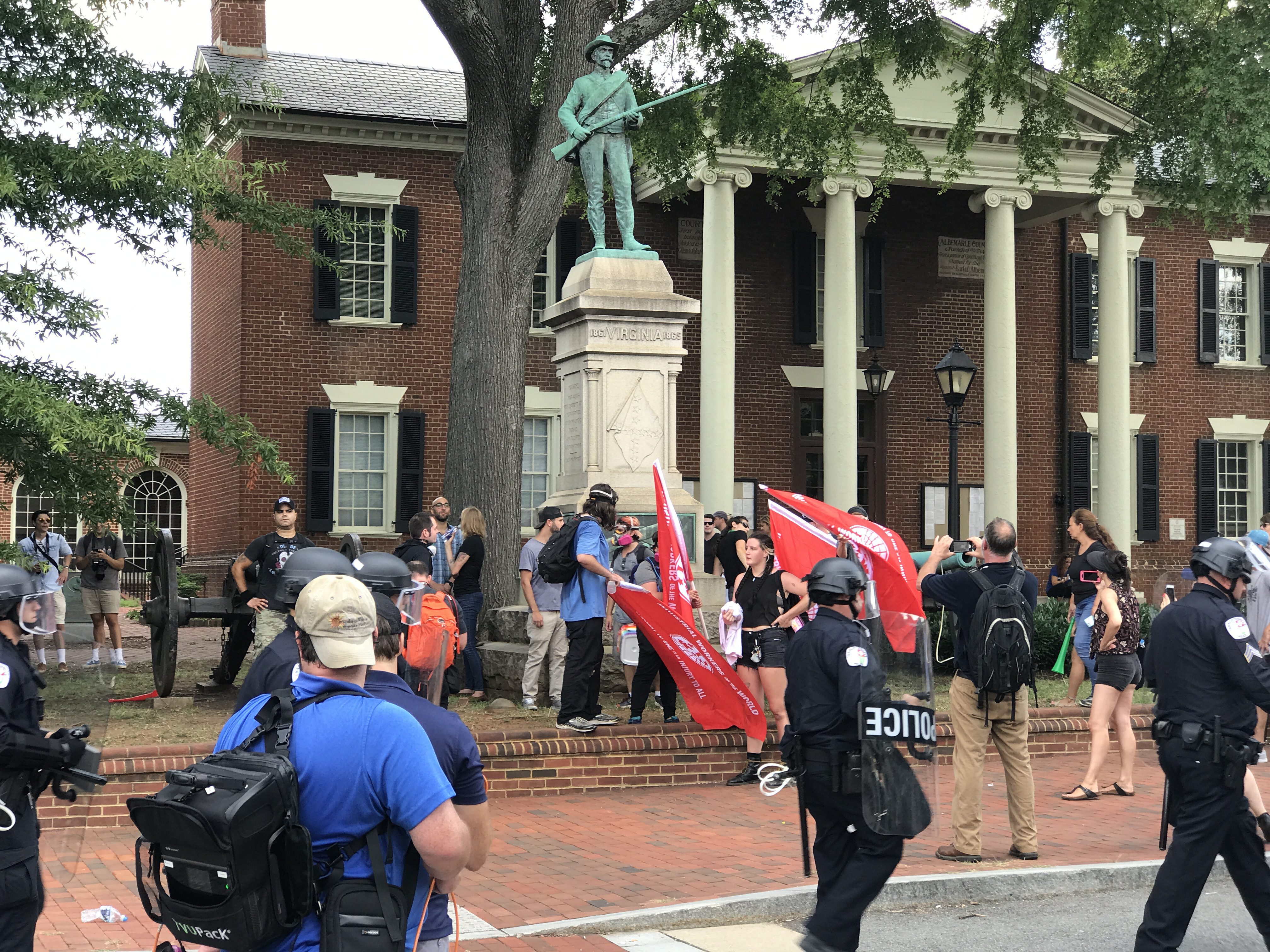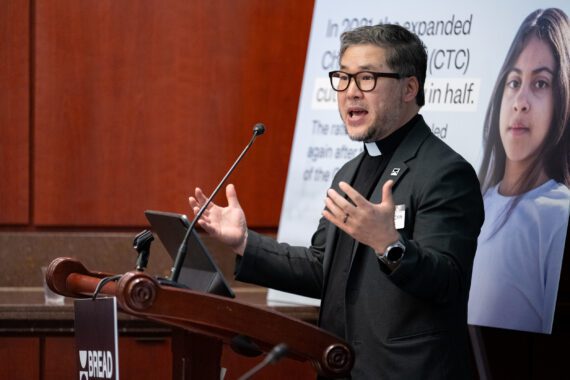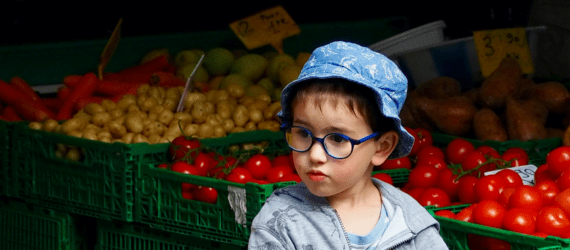By Marlysa D. Gamblin
As a Christian organization, Bread for the World denounces the violence that took place in Charlottesville, Va., and believes that racism fundamentally undermines our mission to end hunger in the United States.
Two years ago, I wrote a blog about the importance of talking about race, and eradicating racism, if we are ever going to end U.S. hunger and poverty.
During the recent events in Charlottesville, Va., racism has been positioned front and center in our public discourse, and we are reminded of this truth— we must find solutions to end racism in the United States. At the core of the various decisions to take statues such as the one of Robert E. Lee down is the belief that our country stands against racism and oppression— two critically significant barriers to ending U.S. hunger and poverty.
Last Saturday showed us that there are still people in our country who don’t share this belief in what our country is about. They are instead holding on to ideals of racism and oppression. Saturday showed us that there is still much more work to be done.
Charlottesville evokes more than meets the eye. Sure, it shows us what one type of racism may look like—overt and violent. But we must reflect on racism as a whole. And the truth is that hidden forms of structural racism are equally damaging for communities of color every single day.
We must all do our part to understand what racism is and how we can fight it within our own contexts and communities. Each of us has a role—from the U.S. president and members of Congress, to church and community groups, businesses large and small, and individuals. Each of us can work to eradicate racism and oppression, which, in turn, will go a long way toward ending hunger, food insecurity, and poverty.
Bread for the World Institute’s recent briefing paper, “Ending U.S. Hunger and Poverty by Focusing on Communities Where It’s Most Likely,” makes the case that ending hunger and poverty in our country requires investing in communities most affected by them. Communities of color fare worse every time. They are twice as likely to experience hunger, live in poverty, or be one paycheck away from becoming hungry or poor.
But why? It goes back to structural oppression and racism, which is the systemic practice of racial discrimination and unfair treatment. Structural racism is seen in every sector when communities of color are likely to experience discrimination based on the color of their skin—from the care they receive at the doctor’s office to the jobs and wages they are offered. This reality perpetuates hunger and poverty in communities of color at far greater rates compared to their white counterparts. Yet, we often do not include this structural truth in our thinking about and activism against racism.
Ending U.S. hunger and poverty not only means eliminating expressions of racism that are violent and intimidating, but that we end ALL forms of racism, including the hidden structural racism that communities experience every day.
Let us all take what was intended to spread fear and intimidation and use it to awaken our communities to act against racism—regardless of your job, age, title, religious belief, place you live, or color of your skin. Everyone has a role in eradicating racism in all of its forms.
For more background on the history of racial inequality and hunger in America, please refer to my background paper, “Getting to Zero Hunger by 2030: Race, Poverty and Hunger.”
Marlysa D. Gamblin is the domestic advisor for policy and programs, specific populations at Bread for the World Institute.



